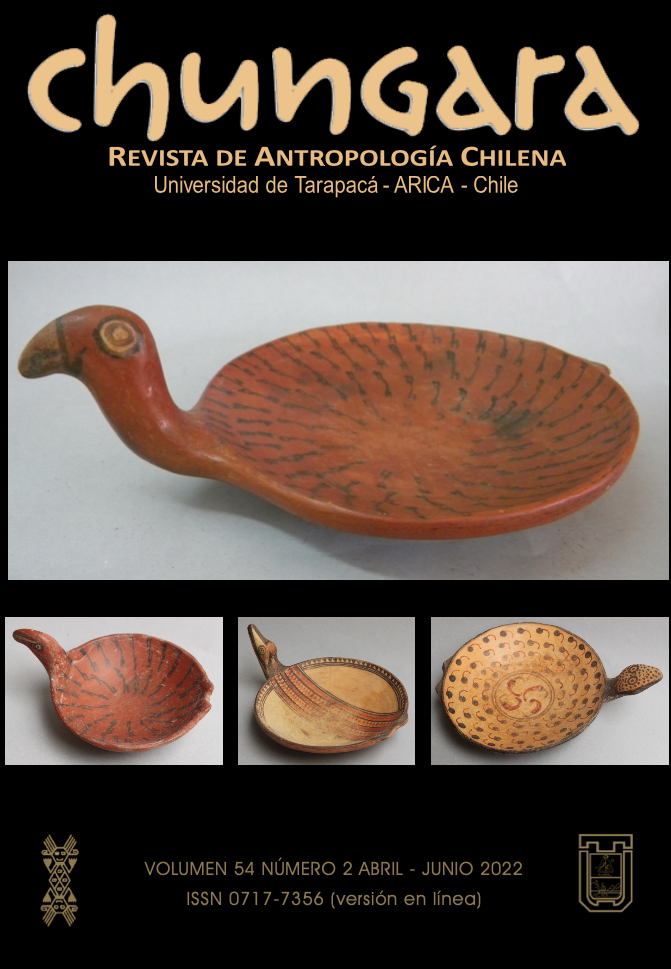Written by Super User. Posted in Papers - English
SAYWAS AND SACRED GEOGRAPHY IN THE QHAPAQ ÑAN OF THE DESPOBLADO DE ATACAMA
SAYWAS Y GEOGRAFÍA SAGRADA EN EL QHAPAQ ÑAN DEL DESPOBLADO DE ATACAMA
Cecilia Sanhueza, José Berenguer, Carlos González, Cristián González, Juan Cortés, Sergio Martín and Jimena Cruz
This paper presents new results of our ethnohistorical, archaeological, and astronomical research in the Qhapaq Ñan of the Despoblado of Atacama, specifically in the Punta Negra salt basin. Two sets of saywas -Tocomar and Vaquillas-, their associated contexts, and the general characteristics of the road in the studied sectors, were recorded and analyzed. In both cases, alignment with the sunrise on the day of the winter solstice and the equinox, respectively, was checked. From a temporal and spatial perspective, an interdisciplinary discussion is presented on these localities and structures, as well as their meanings. Furthermore, the new information collected allows for resuming previous analyzes and proposals on the Qhapaq Ñan of the Despoblado, the astronomical saywas, the geographical environment, and the symbolic construction of a sacred space and an imperial oral cartography.
Print
Email
Written by Super User. Posted in Papers - English
CEREMONIAL ROADS IN THE APUS OF TAWANTINSUYU
LOS CAMINOS CEREMONIALES EN LOS APUS DEL TAWANTINSUYU
During the process of territorial expansion of the Incas, the road systems played an essential structural role by shaping a type of spatial continuity through built infrastructure, which started in the capital of Tawantinsuyu and spread to distant peripheries. Far from being considered as obstacles or inaccessible places, the vast Andean landscapes and their high mountains were the abode of deities, which shaped a symbolic and ideological territoriality with strong material and cultural presence in the landscapes. So far, a little more than two hundred mountains with archaeological evidence have been studied in the Andes and other neighboring mountain ranges. On fifteen of these mountains human offerings were made, and in many of them, ceremonial roads leading to the top of the peaks have been surveyed. We have previously referred to the paths of Mount Chañi and the Llullaillaco volcano. Here, we present an extensive list of mountains with roads in an attempt to establish some archaeological and spatial indicators of these particular paths, built in some of the most extreme environments in the world.
Print
Email






